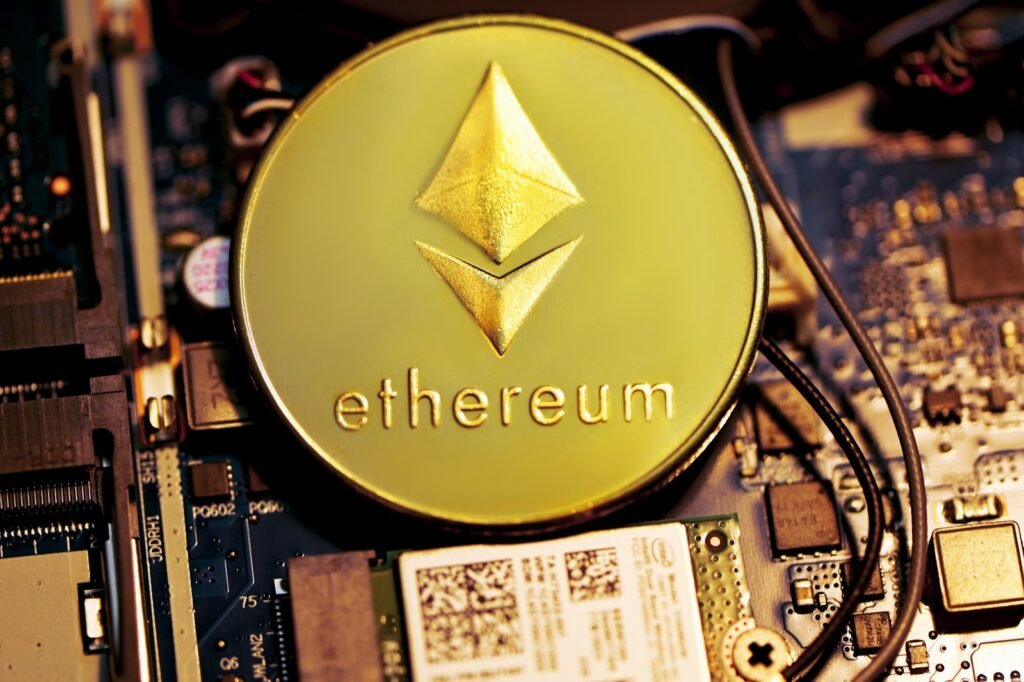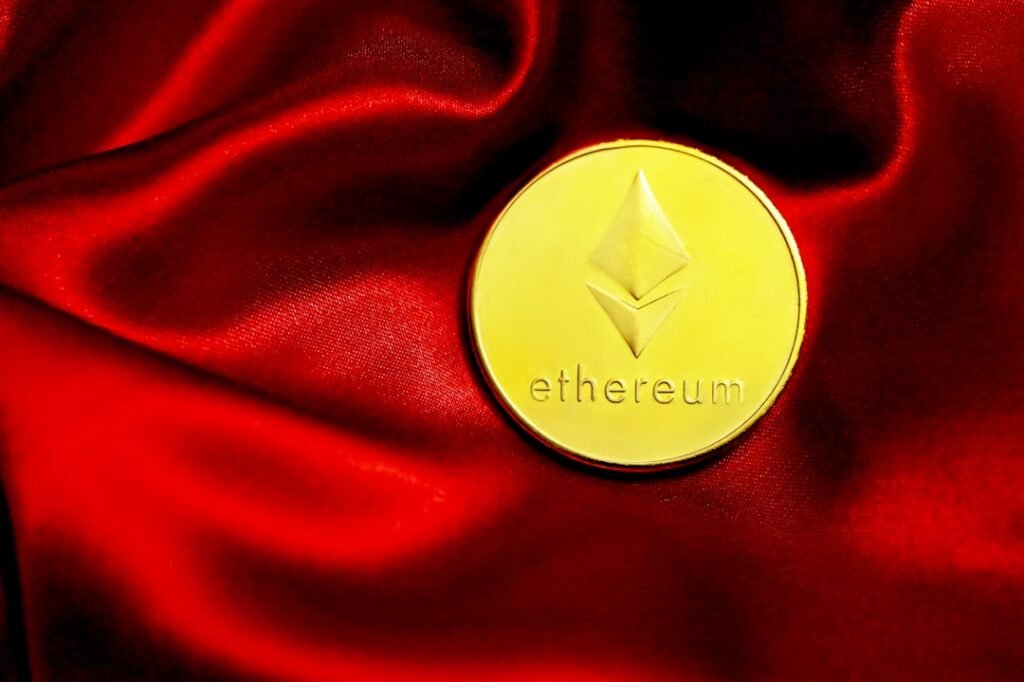The Digital Asset Market Clarity Act (CLARITY Act, H.R. 3633), a pivotal U.S. legislative proposal to establish a comprehensive regulatory framework for digital assets, has cleared the House of Representatives with strong bipartisan support and now moves to Senate deliberation. The Senate is drafting its own market structure proposal using the CLARITY Act as its foundation, with the aim of finalizing legislation by year-end.
This development follows the recent passage of the GENIUS Act, America’s first federal stablecoin law. While the GENIUS Act provides foundational rules for stablecoin issuance and operation, it leaves unaddressed critical questions regarding the underlying blockchain infrastructure. The CLARITY Act seeks to fill this regulatory gap by:
1. Defining security and commodity classification standards for digital assets
2. Clarifying jurisdictional boundaries between the SEC and CFTC
3. Establishing a “decentralization maturity framework” for differentiated regulation
4. Creating compliance pathways for stablecoin-supporting networks
Notably, the legislation introduces a risk-proportionate approach: centralized intermediaries (exchanges, brokers) face stringent requirements including KYC/AML compliance, while truly decentralized protocols may qualify for regulatory exemptions. The bill’s “control-based” governance assessment examines whether project teams retain decisive influence over networks or assets.
For DeFi and self-custody solutions, the CLARITY Act provides critical legal distinctions:
• DeFi protocols avoiding intermediary roles may bypass traditional exchange regulations
• Non-custodial tools maintaining user asset control receive explicit exemptions
• The framework enables compliant programmable finance through segregated functionality
Industry analysts suggest the GENIUS and CLARITY Acts could collectively form a regulatory “closed loop” for on-chain finance—the former governing assets, the latter infrastructure. If enacted, this dual framework may establish foundational rules for digital asset markets comparable to the 1933 Securities Act’s impact on traditional capital markets.
Implementation challenges remain, including unresolved questions about tokenized securities and potential state-level regulatory conflicts. The Senate’s forthcoming revisions and subsequent agency guidance will determine the final regulatory landscape for blockchain innovation in the United States.











